Scientists are using crystal imperfections to generate secure encryption, paving the way for quantum-resilient data protection.


Scientists are using crystal imperfections to generate secure encryption, paving the way for quantum-resilient data protection.

Metasurfaces to detect terahertz radiation are making spectrometers smaller, lighter, and more efficient for space travel.
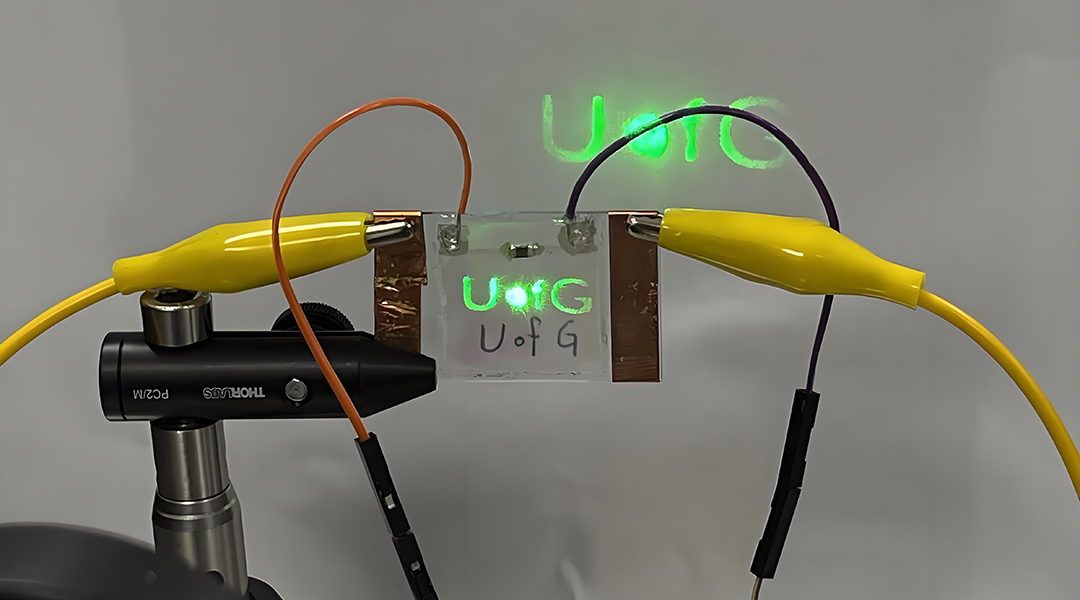
Temperature-sensitive materials seamlessly switch between VR and AR in headsets, paving the way for better extended reality experiences.
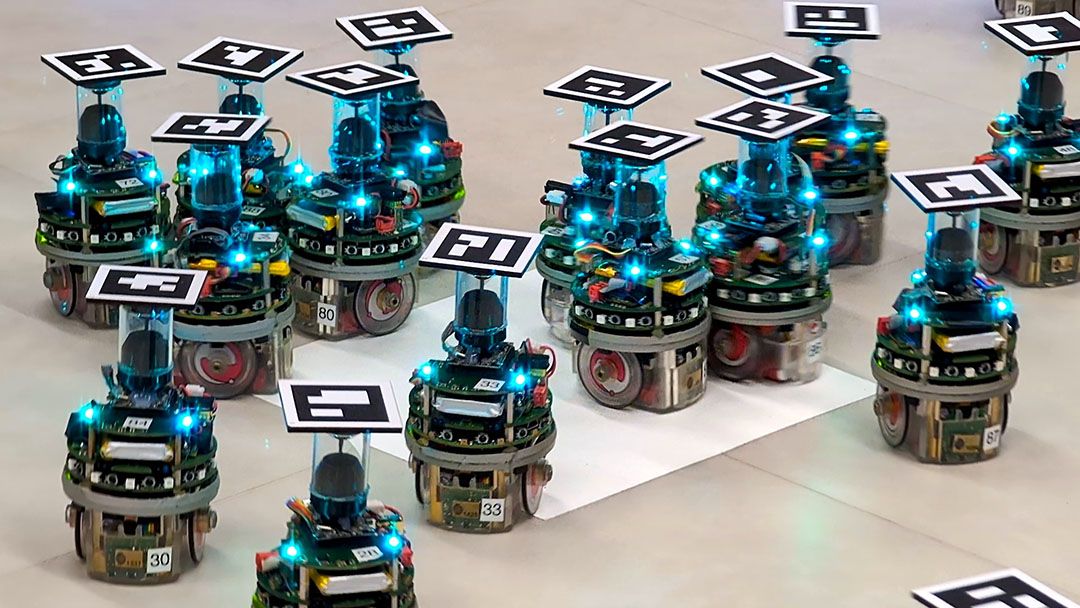
Researchers have developed an optimization program to design the behavior of small e-puck robots to allow them to work in unison.
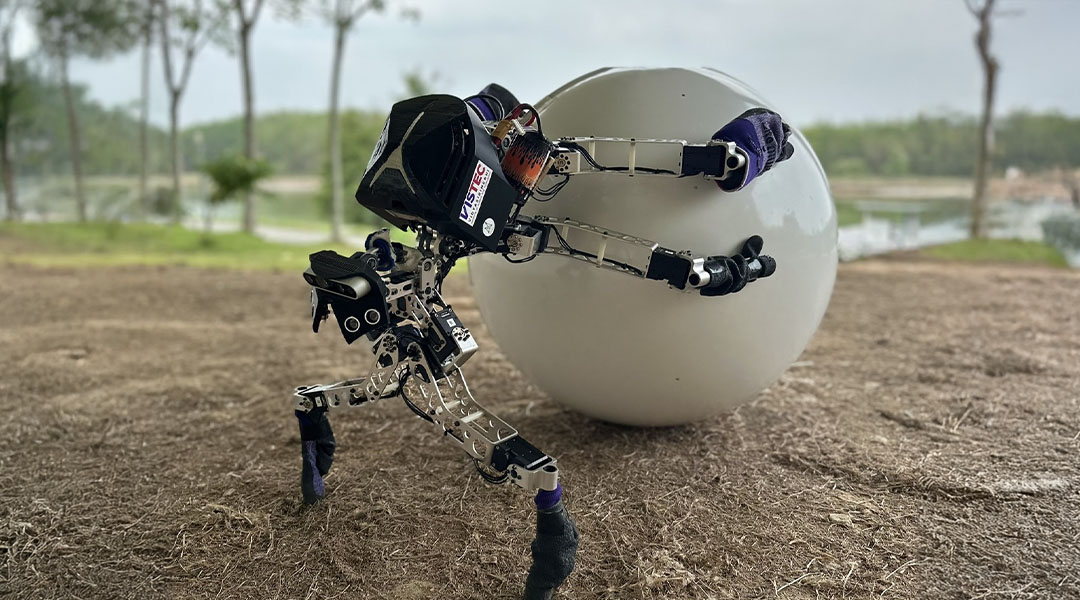
Robots modelled after dung beetles leverage nature’s ingenuity with efficient, space-saving object-rolling mechanics.
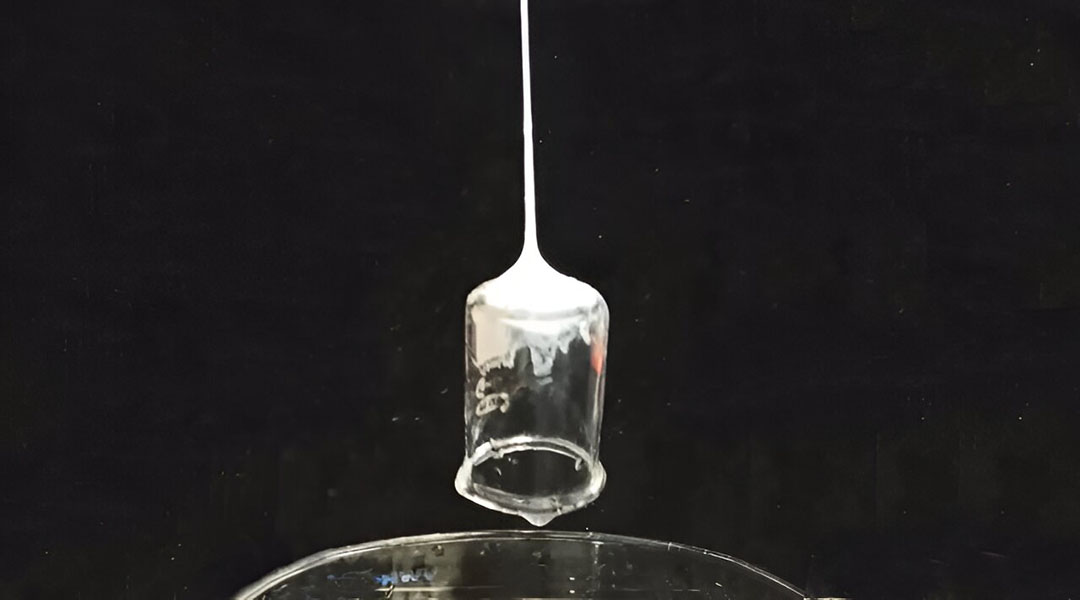
With great power comes great responsibility—even for real-life, superhero-inspired web-slinging tech!

Machine learning is bringing forth the future of secure communication, swiftly identifying single photons that hold the key to quantum tech.

Once relegated to theory, a newly discovered quantum object could be used to create new devices that will outpace modern electronics.

Scientists have built atomic clocks with unprecedented levels of precision by harnessing quantum entanglement.
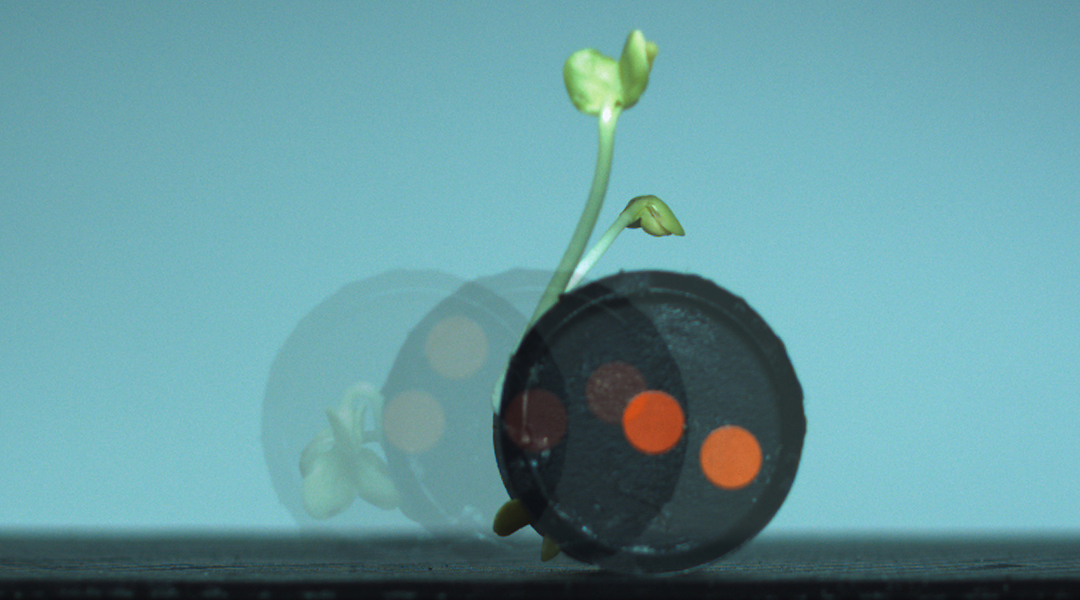
Radish sprouts power a new wave of eco-friendly robots that move, grow, and could even be eaten after their work is done.